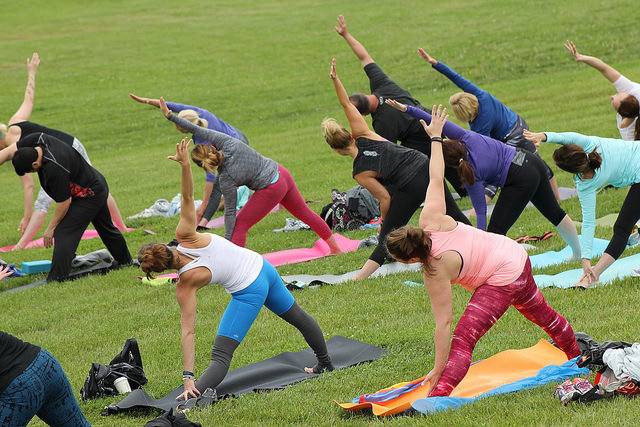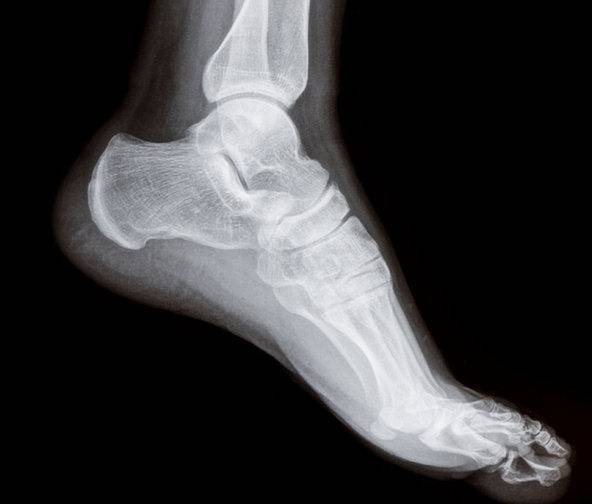There is a principle in exercise called “individuality” and it’s not fair. Well, not really, but to some people, it can feel like that. Individuality means that every person is different. We all have a different metabolism, tolerance for pain, and need for rest and recovery. Everyone will gain, lose, or maintain weight differently than everyone else.
As a result, it’s difficult for experts in the field to determine how much exercise we need to achieve certain results. It’s also hard to know which types of exercise we need, how many days a week we need them, and at which intensity they should be performed.
In 2008, the United States Department of Health and Human Services and the United States Department of Agriculture created a physical activity guideline. It was created to document the amount of exercise individuals need to improve health. In a nutshell, it says the average adult should do at least 150 minutes of moderate intensity exercise per week for health benefits and up to 300 minutes a week for even more health benefits. If the intensity increases, the amount of time spent in activity can also be decreased.
Great. We have a guideline. But what does doing that much activity do for us? It improves health. It could even lower cholesterol, blood pressure or risk of type 2 diabetes. It might even make it easier to climb a flight of stairs. However, it says nothing about losing weight, which is the main reason many start an exercise program in the first place.
So exactly how much exercise is necessary to lose weight? According to an article written by Donnelly, et al, weight loss will be best seen if exercising at a moderate-intensity for at least 250 minutes per week. That’s not a one-size-fits-all formula, though. Some prefer to do higher intensity workouts.
It’s best to switch it up. It’s harder on your body to do days and days in a row of high intensity workouts and could lead to burn out and injury. If you’re looking for a mix, do a few high intensity workouts and some lower intensity sessions that might last longer. Be prepared though. The fitter you get, the more you might have to amp up the intensity on all of your activities.
Oh, the joys of being an individual…and I didn’t even address strength training. Stay tuned!











